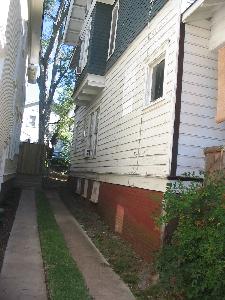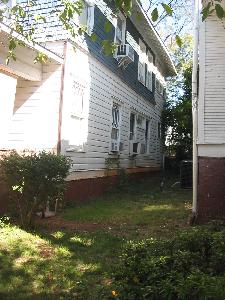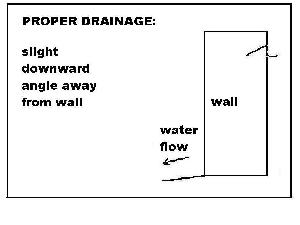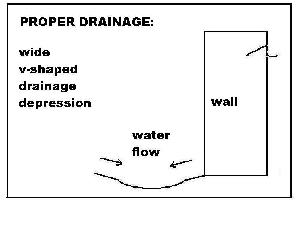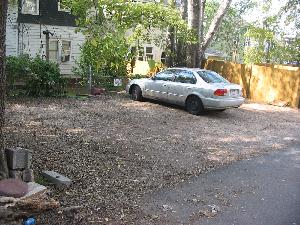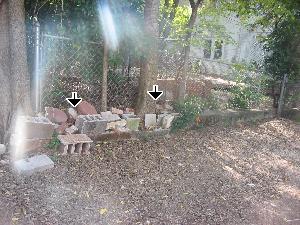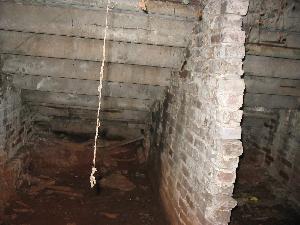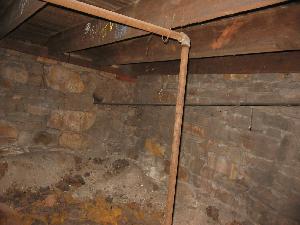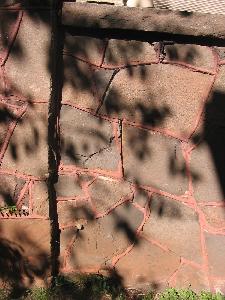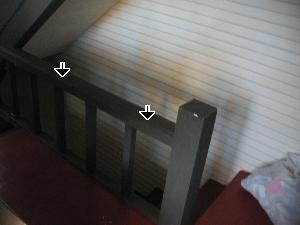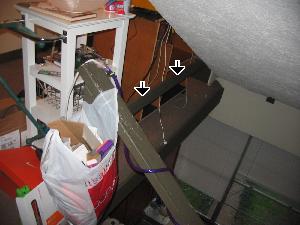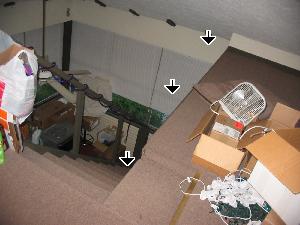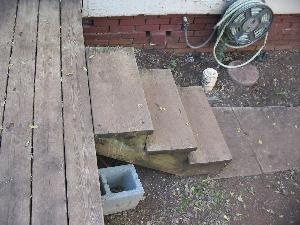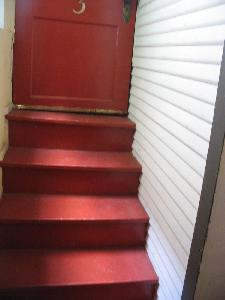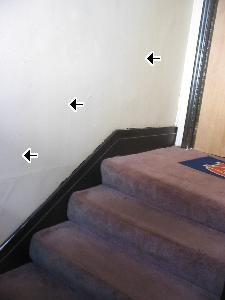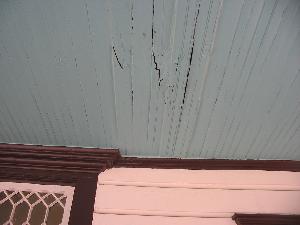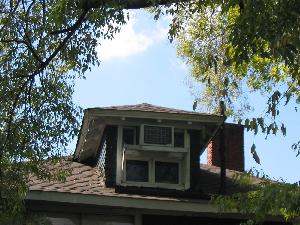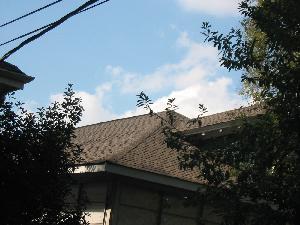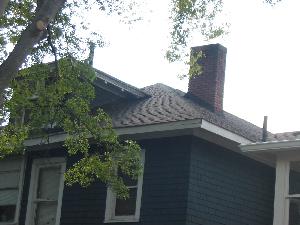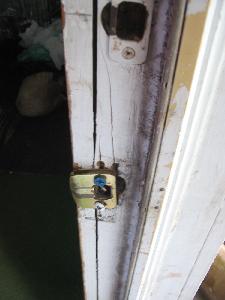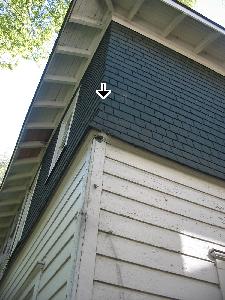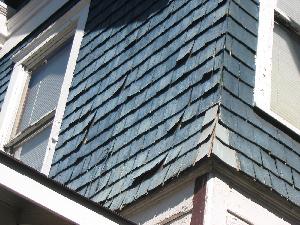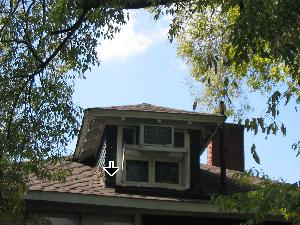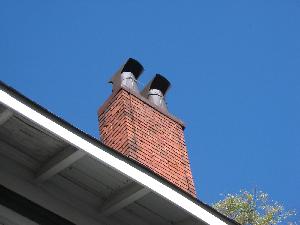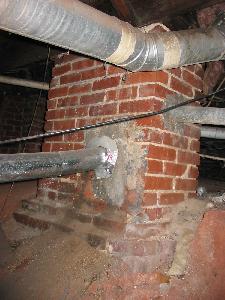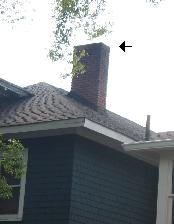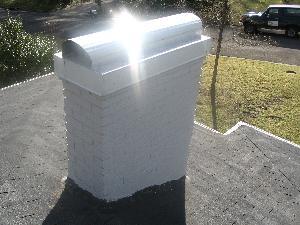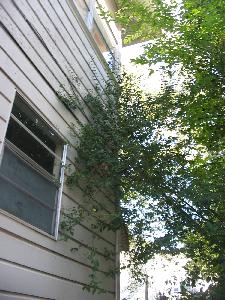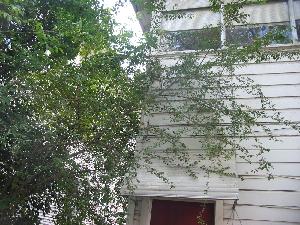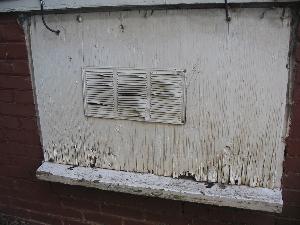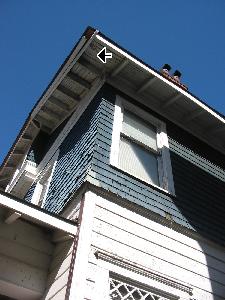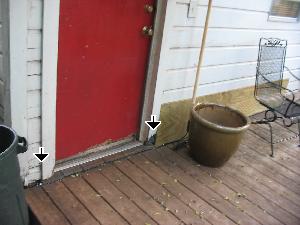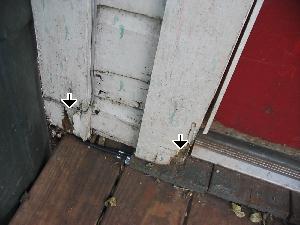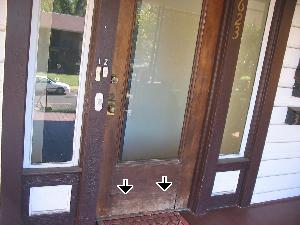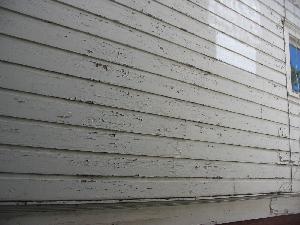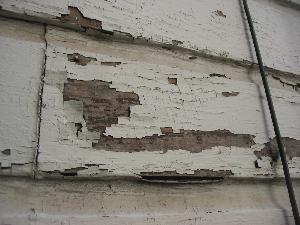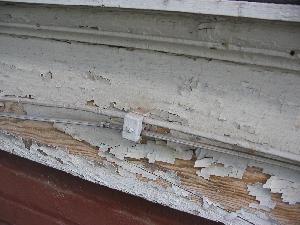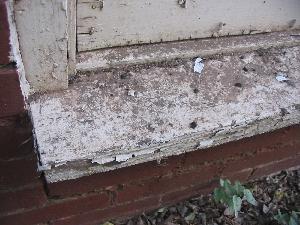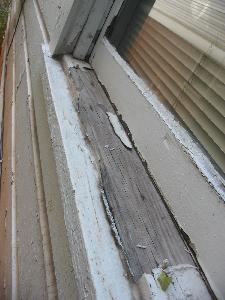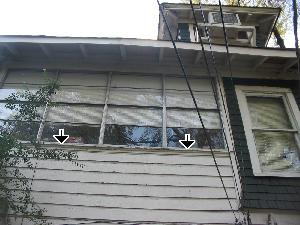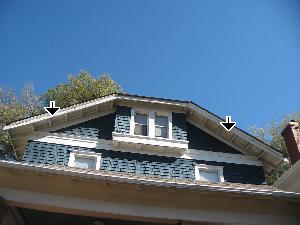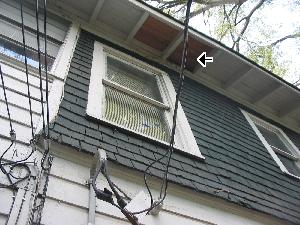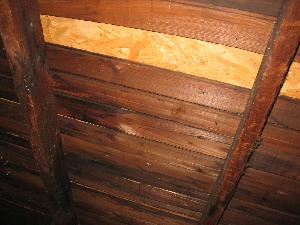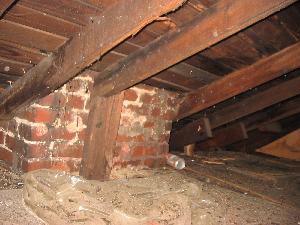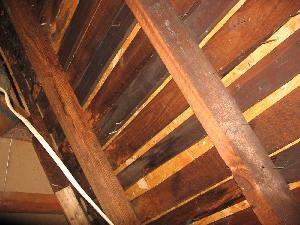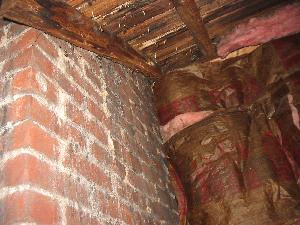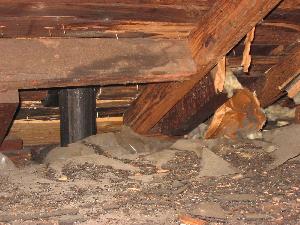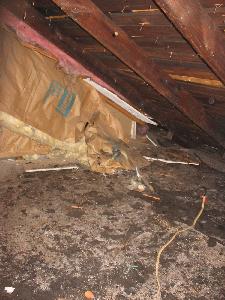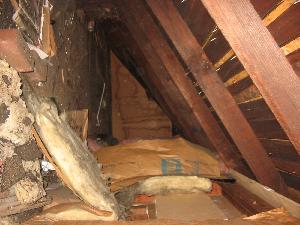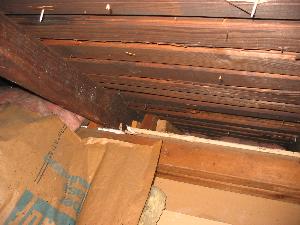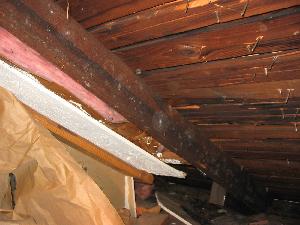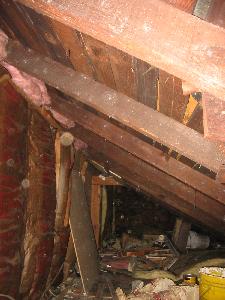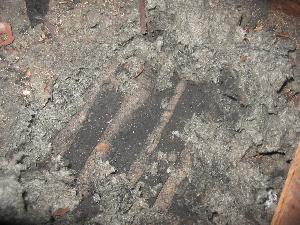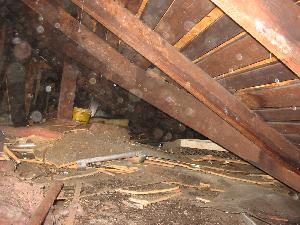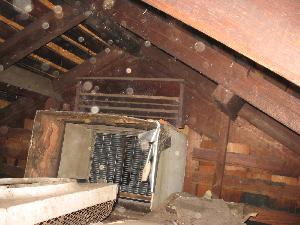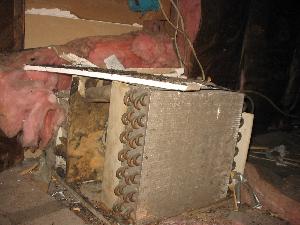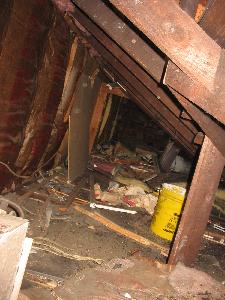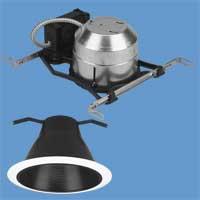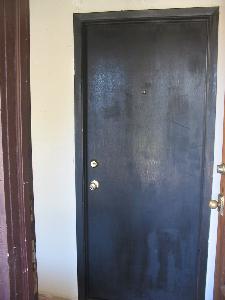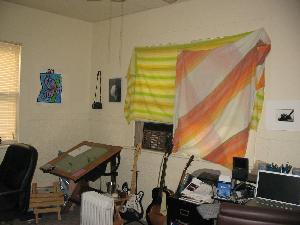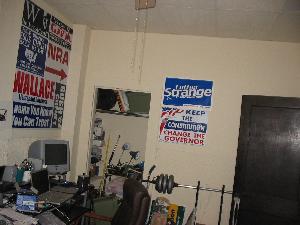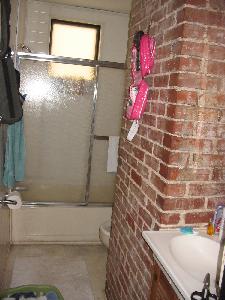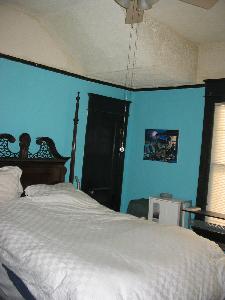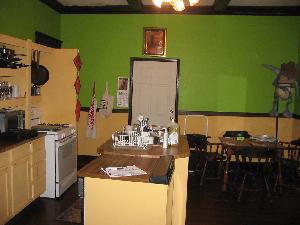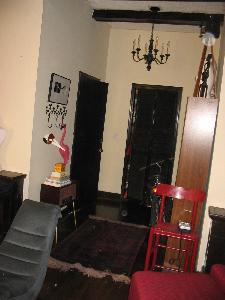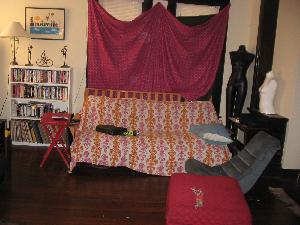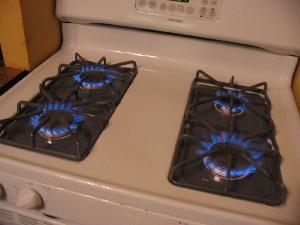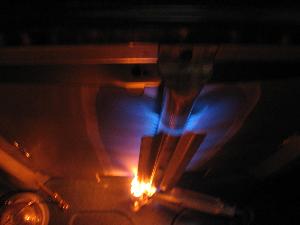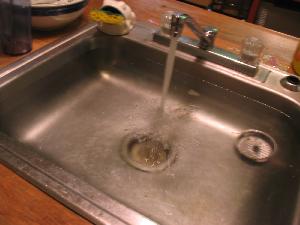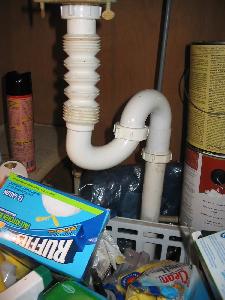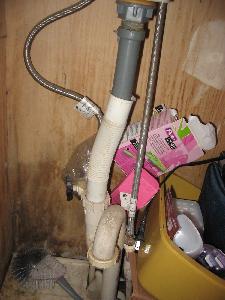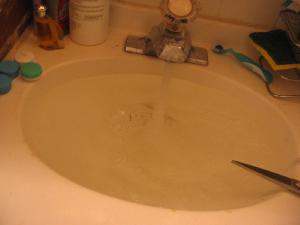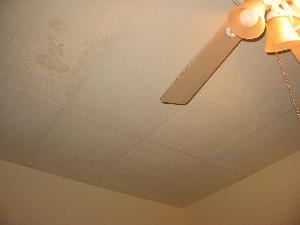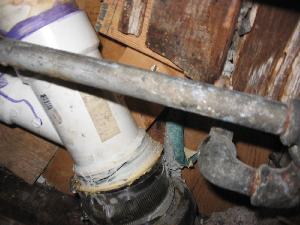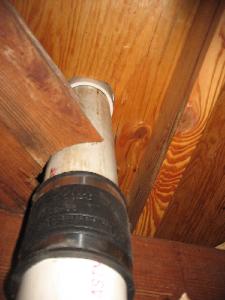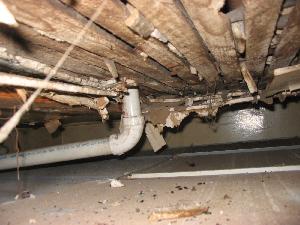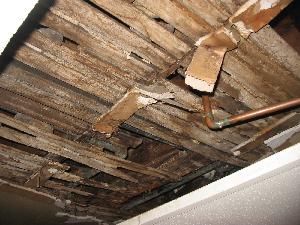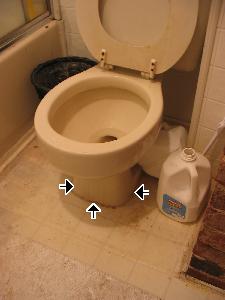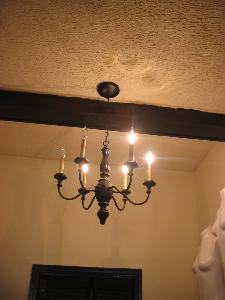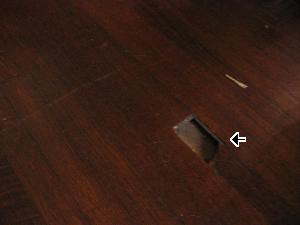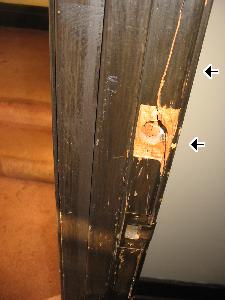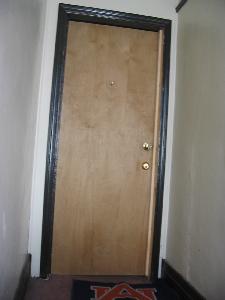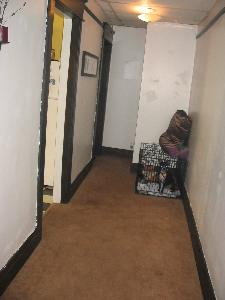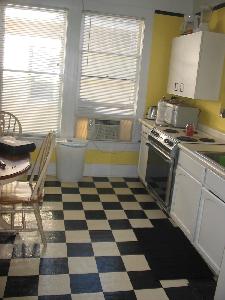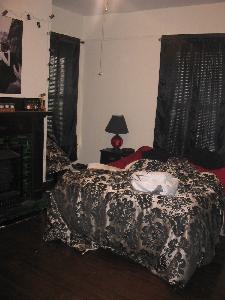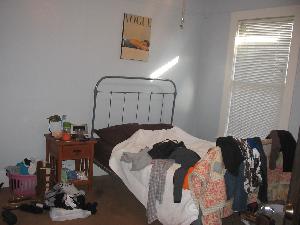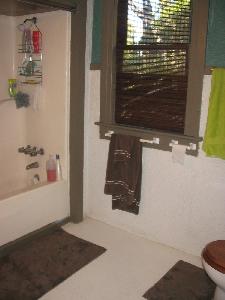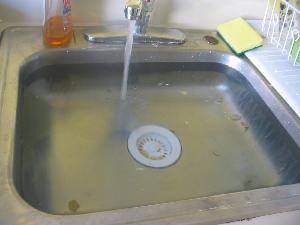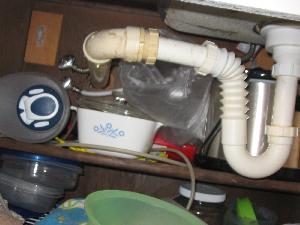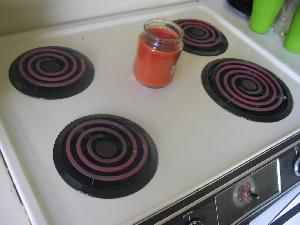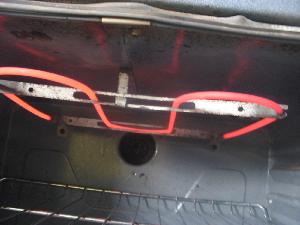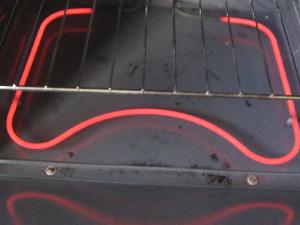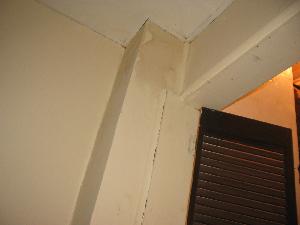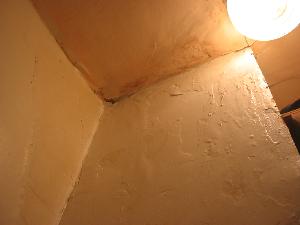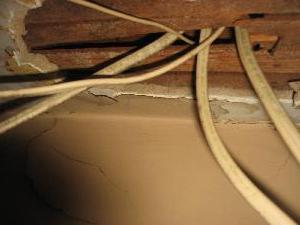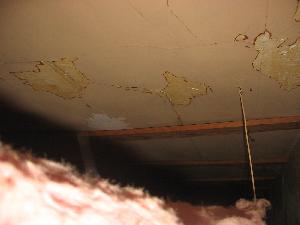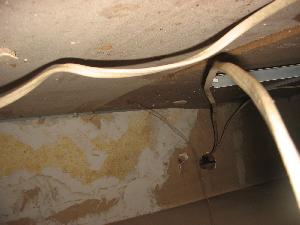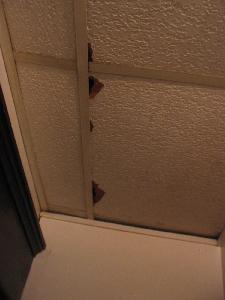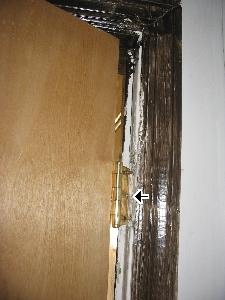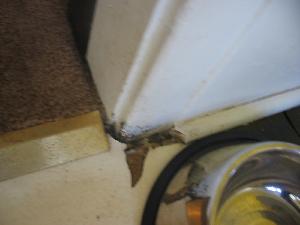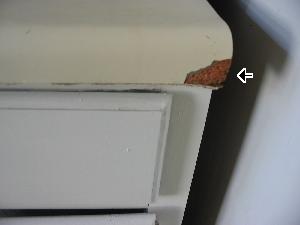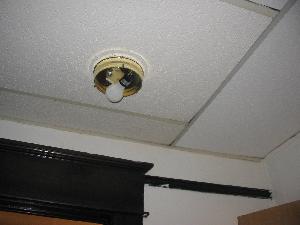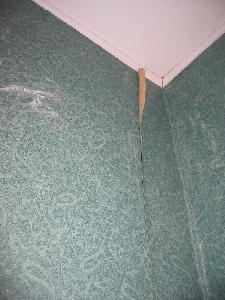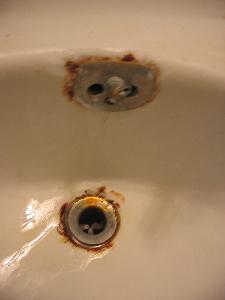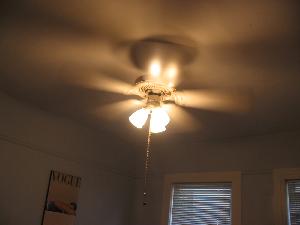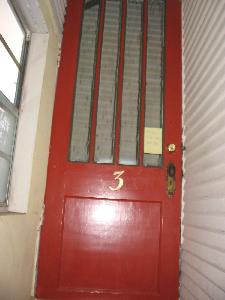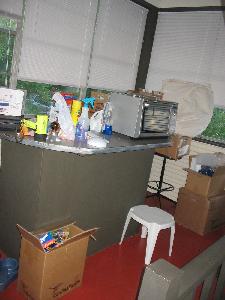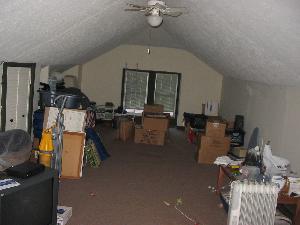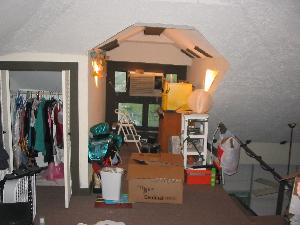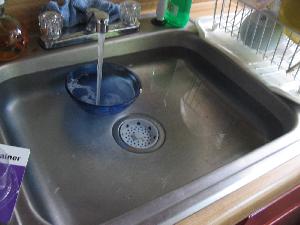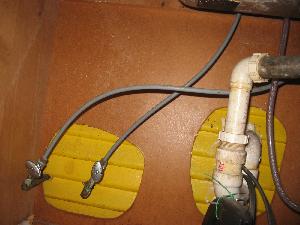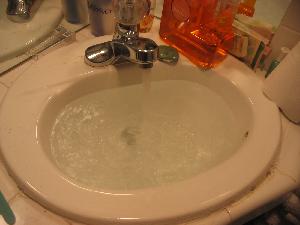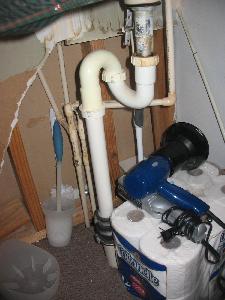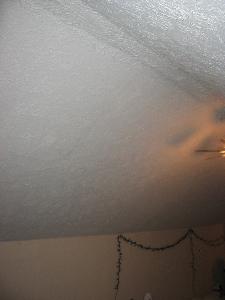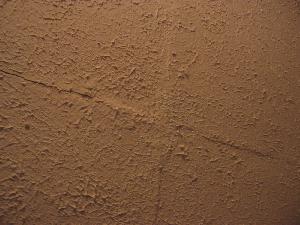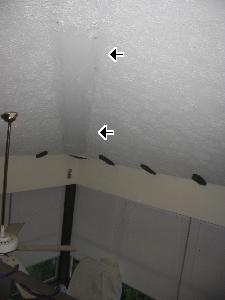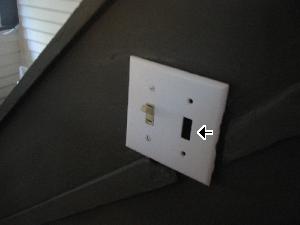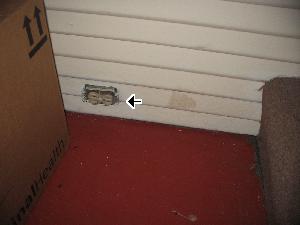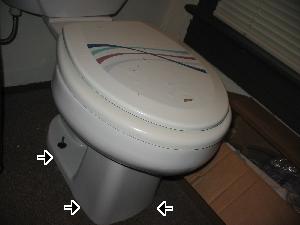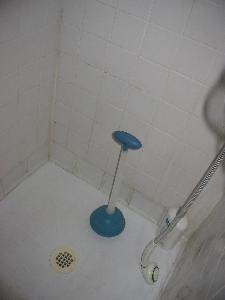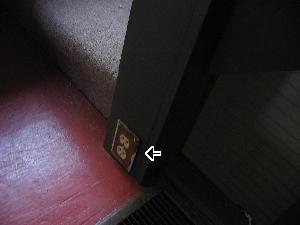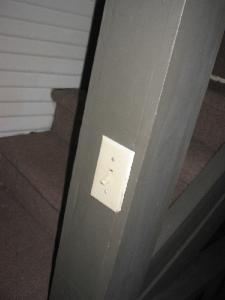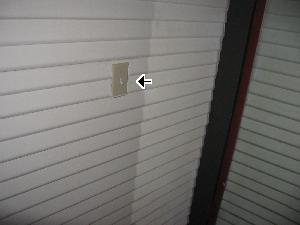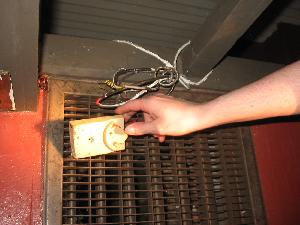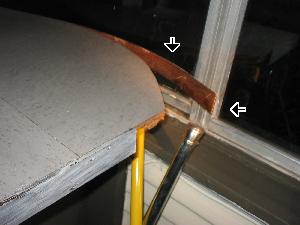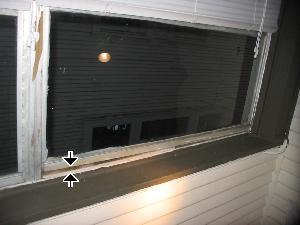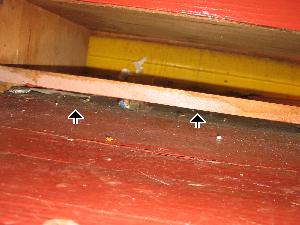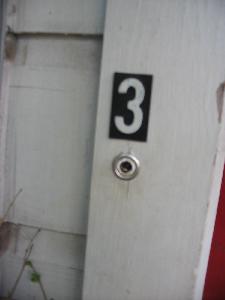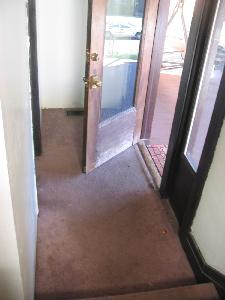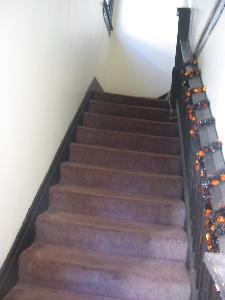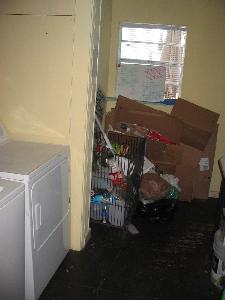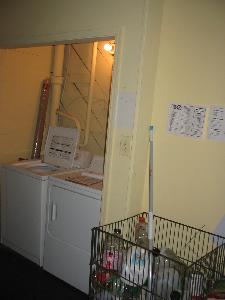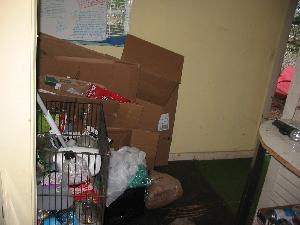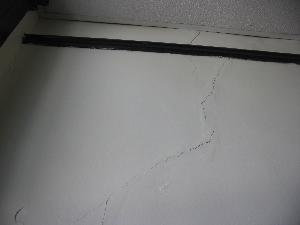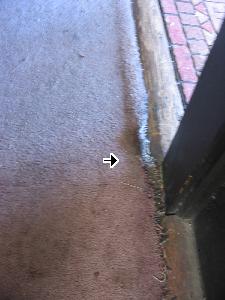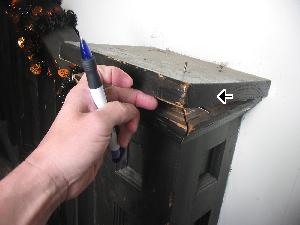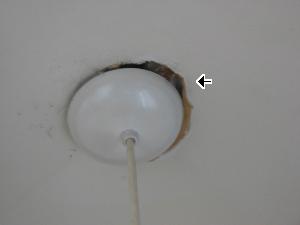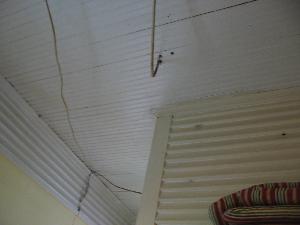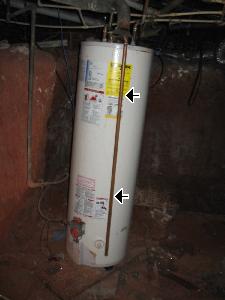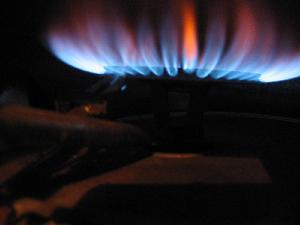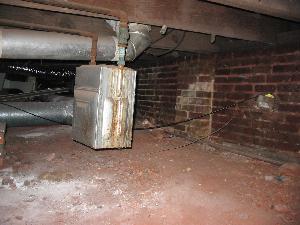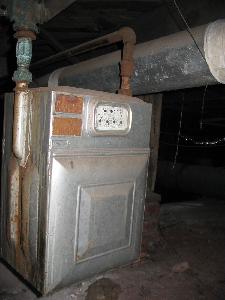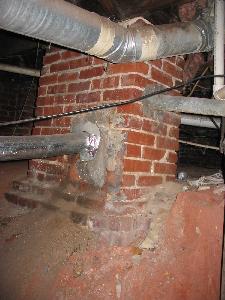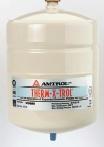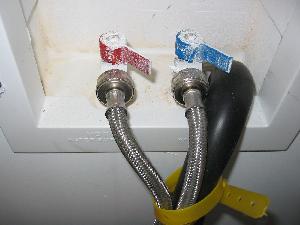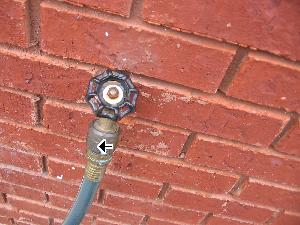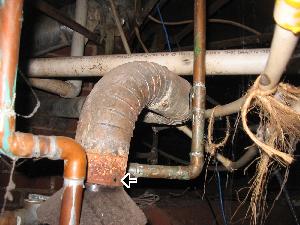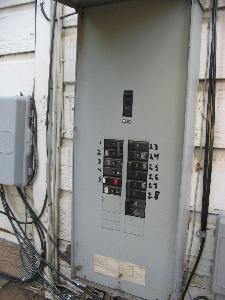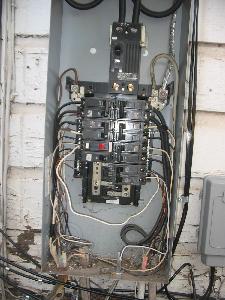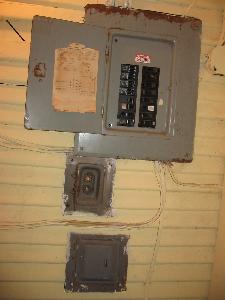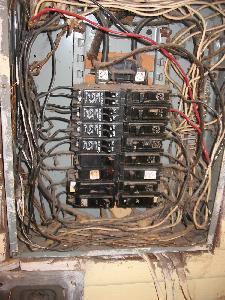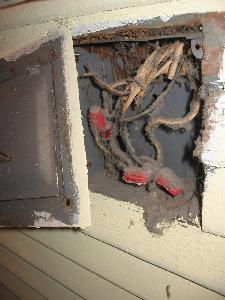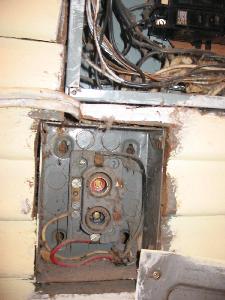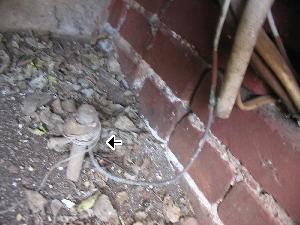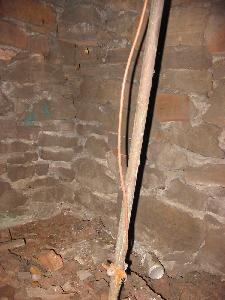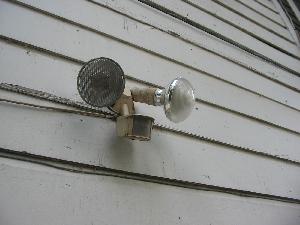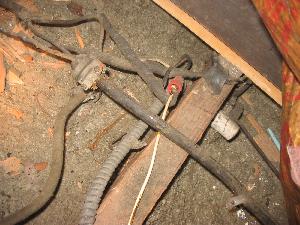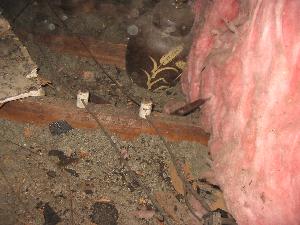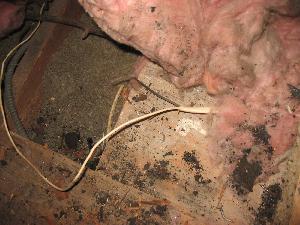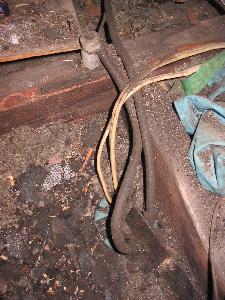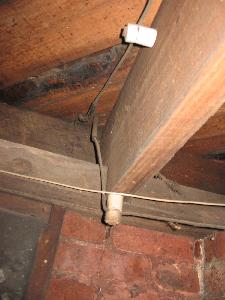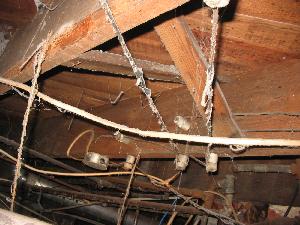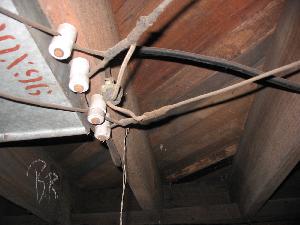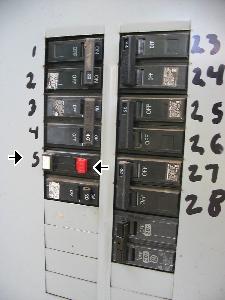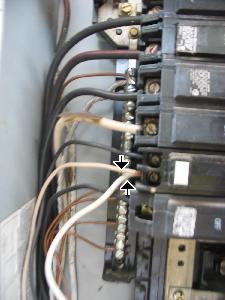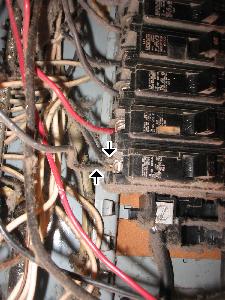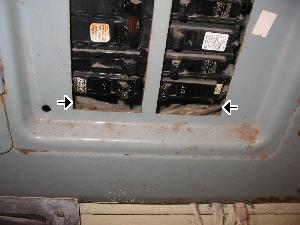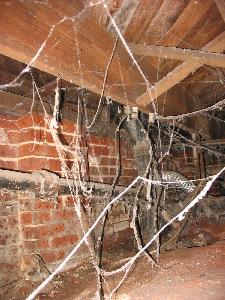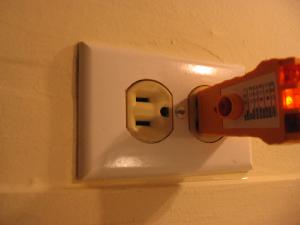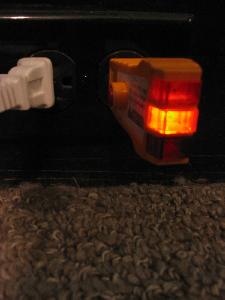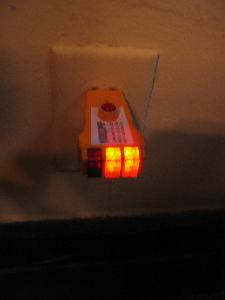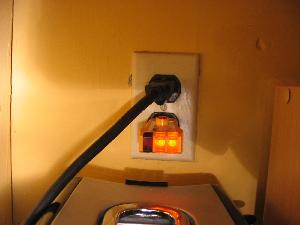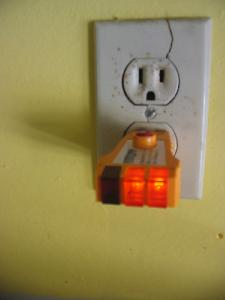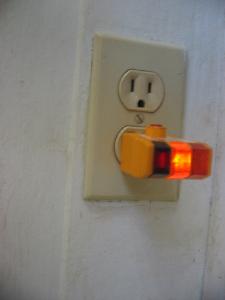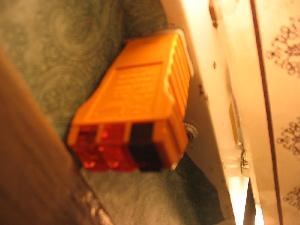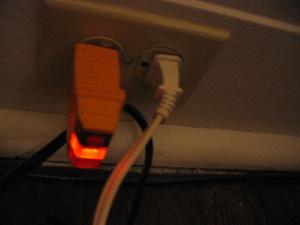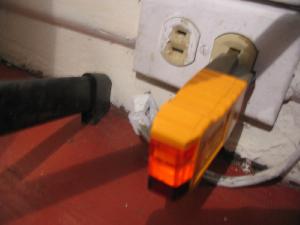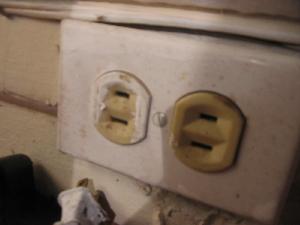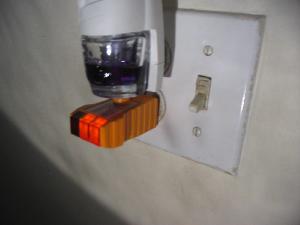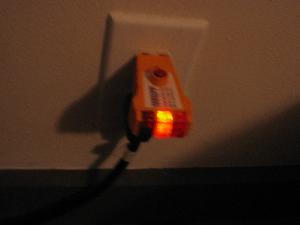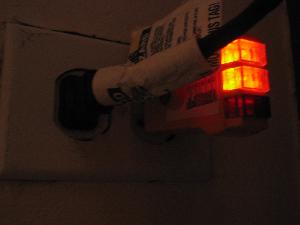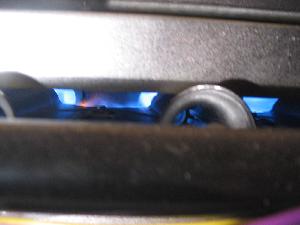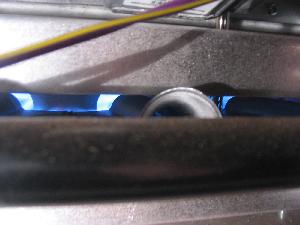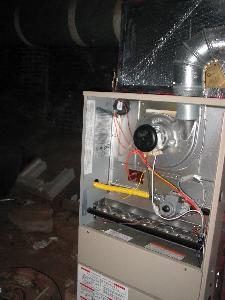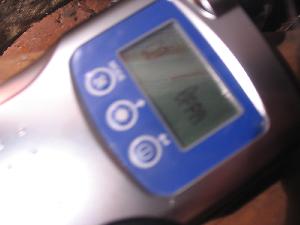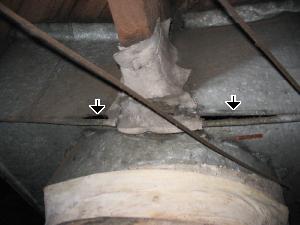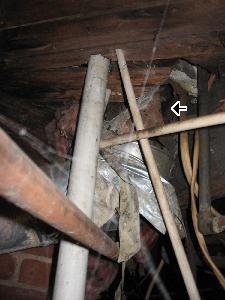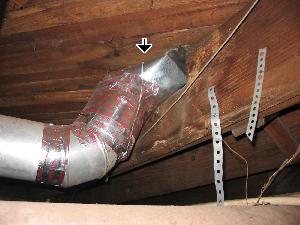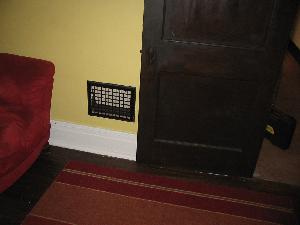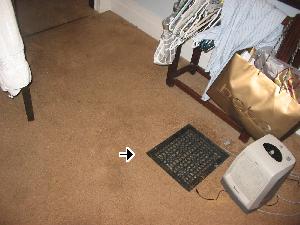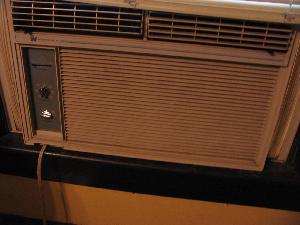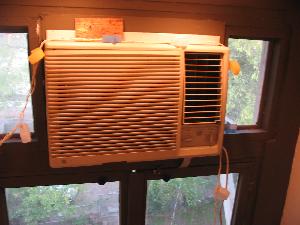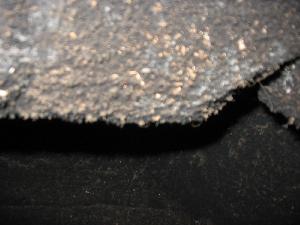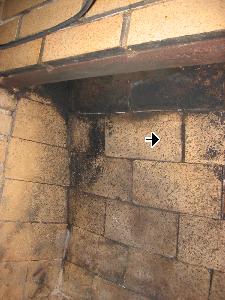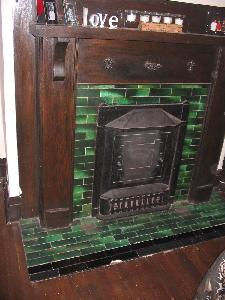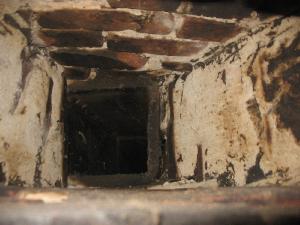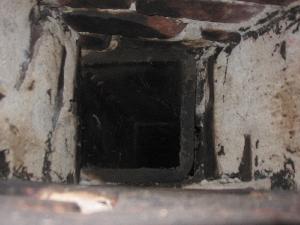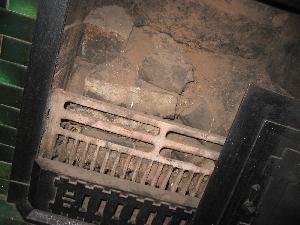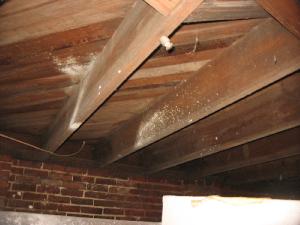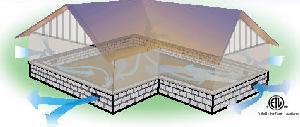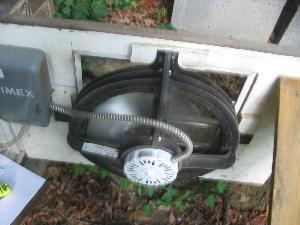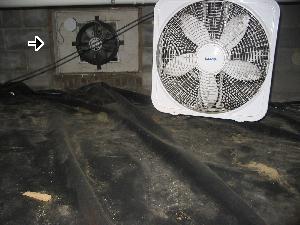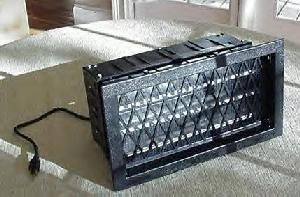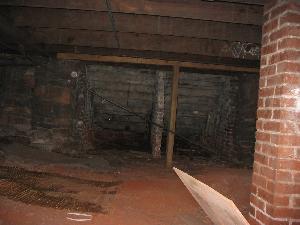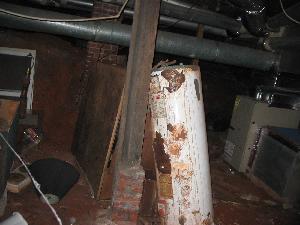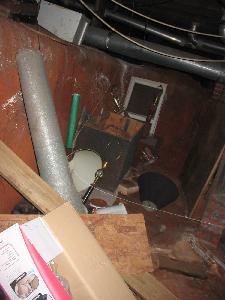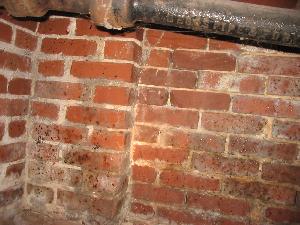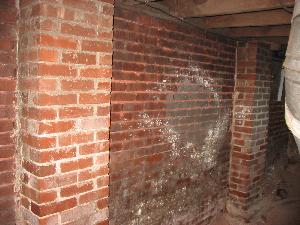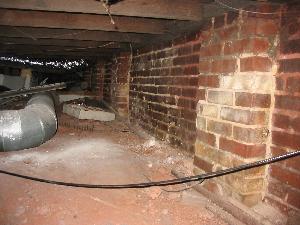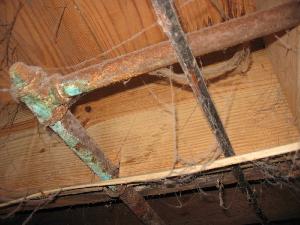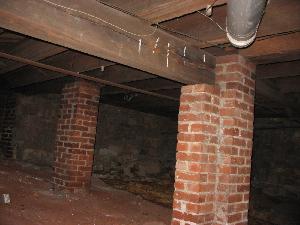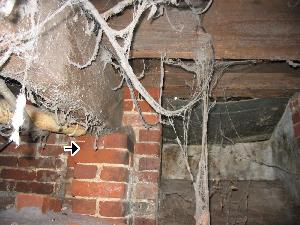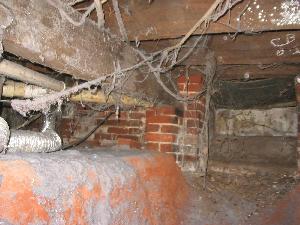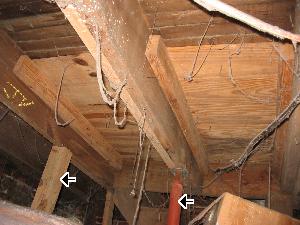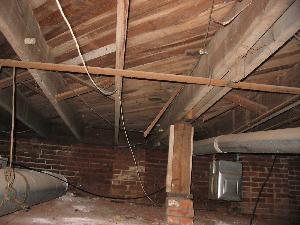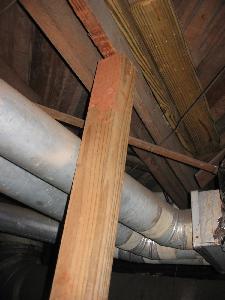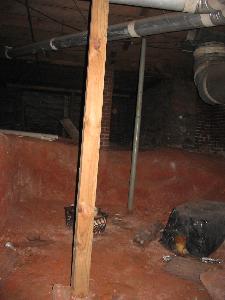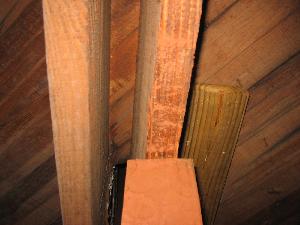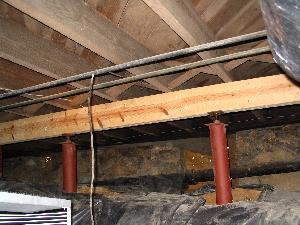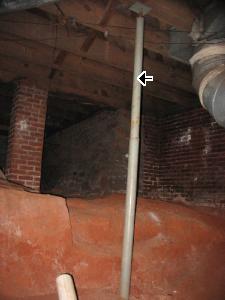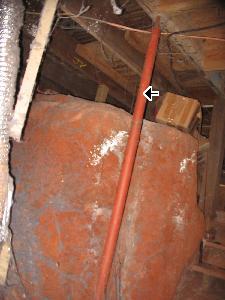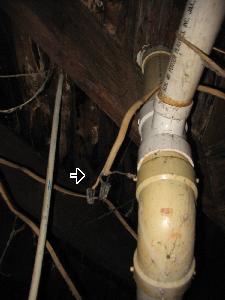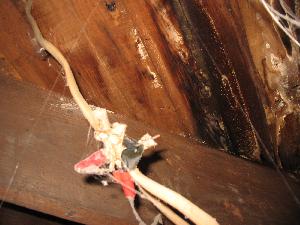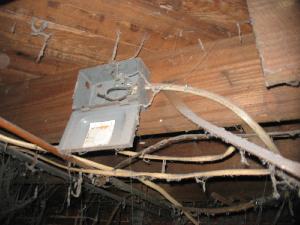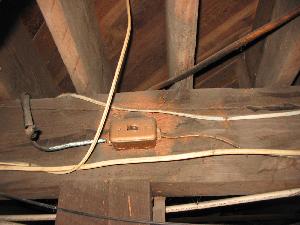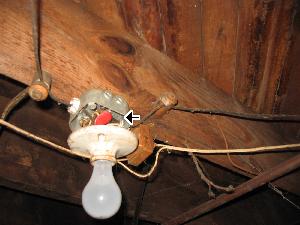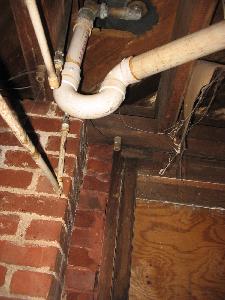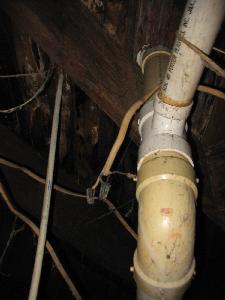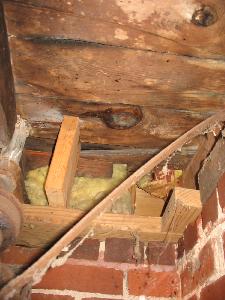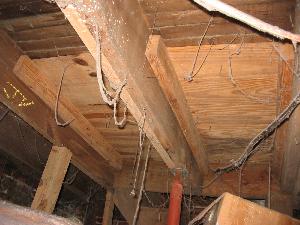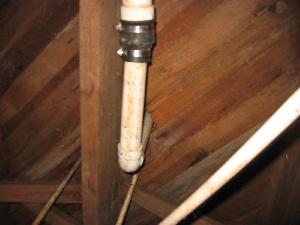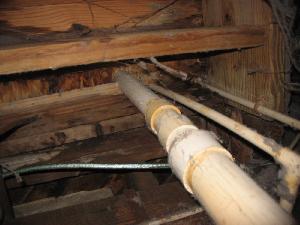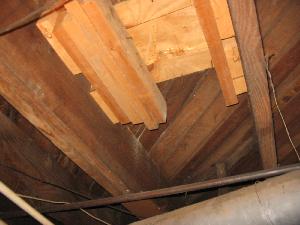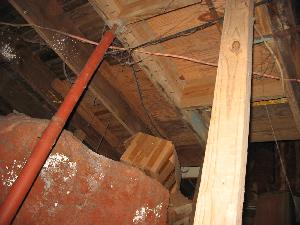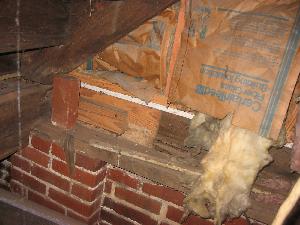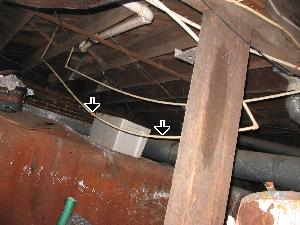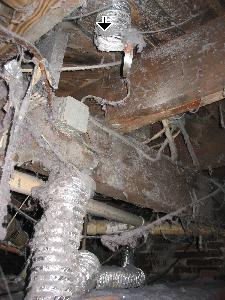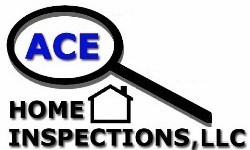
ACE Home Inspections, LLC
P.O. Box 1993
Alabaster, AL 35007
(205)401-3030 |
|
Customer
Sample |
|
Home
Sample
|
|
Real Estate Agent
Sample
|
|
|
Weather:
Clear and Sunny | Inspection
Date
Thursday, November 01, 2007
Report ID:
07050 FINAL REPORT
| |
Temperature:
70 to 75 degrees |
Inspected By
Jeff Aiken
| |

SUMMARY

ACE Home
Inspections, LLC
P.O. Box 1993
Alabaster, AL 35007
(205)401-3030
|
|
Customer
Sample |
|
Home
Sample
|
The following items or discoveries
indicate that these systems or components do not function as intended or
adversely affects the habitabilty of the dwelling; or appear to warrant further
investigation by a specialist, or requires subsequent observation.
This summary shall not contain recommendations for routine upkeep of a system
or component to keep it in proper functioning condition or recommendations to
upgrade or enhance the function, efficiency, or safety of the home.
This Summary is not the entire report. The complete report may include
additional information of concern to the customer. It is recommended that the
customer read the complete report.
ACE Home Inspections, LLC
Home inspectors are not required to report on the following: Life expectancy
of any component or system; The causes of the need for a repair; The methods,
materials, and costs of corrections; The suitability of the property for any
specialized use; Compliance or non-compliance with codes, ordinances, statutes,
regulatory requirements or restrictions; The market value of the property or its
marketability; The advisability or inadvisability of purchase of the property;
Any component or system that was not observed; The presence or absence of pests
such as wood damaging organisms, rodents, or insects; or Cosmetic items,
underground items, or items not permanently installed. Home inspectors are not
required to: Offer warranties or guarantees of any kind; Calculate the strength,
adequacy, or efficiency of any system or component; Enter any area or perform
any procedure that may damage the property or its components or be dangerous to
the home inspector or other persons; Operate any system or component that is
shut down or otherwise inoperable; Operate any system or component that does not
respond to normal operating controls; Disturb insulation, move personal items,
panels, furniture, equipment, plant life, soil, snow, ice, or debris that
obstructs access or visibility; Determine the presence or absence of any
suspected adverse environmental condition or hazardous substance, including but
not limited to mold, toxins, carcinogens, noise, contaminants in the building or
in soil, water, and air; Determine the effectiveness of any system installed to
control or remove suspected hazardous substances; Predict future condition,
including but not limited to failure of components; Since this report is
provided for the specific benefit of the customer(s), secondary readers of this
information should hire a licensed inspector to perform an inspection to meet
their specific needs and to obtain current information concerning this property.
ACE Home Inspections, LLC
Prepared Using HomeGauge http://www.homegauge.com/ SHGI (c)
2000-2003 : Licensed To Jeffrey James Aiken
Styles & Materials
Inspection Items
Styles & Materials
FRONT SLOPES DOWN TO STREET
FRONT SLOPES DOWN TO LEFT
REAR SLOPES DOWN TO LEFT
|
NONE
|
FRONT CITY STREET
PARKING
REAR GRAVEL 4-CAR
PARKING
|
|
Inspection Items
Styles & Materials
HIP ROOF OFF HOUSE
T&G
CEILING AND FLOOR
STONE & MORTAR
COLUMNS
STONE & MORTAR
FOUNDATION
STONE & MORTAR 1/4
WALLS
|
NO ROOF
2X6 WOOD FLOOR
JOISTS
SPACED 24 INCHES
APART
4X4 WOOD SUPPORT POSTS
|
CONCRETE FRONT YARD STEPS
CONCRETE FRONT PORCH STEPS
WOOD REAR DECK STEPS
FRONT
CORRIDOR STAIRWAY
REAR CORRIDOR
STAIRWAY
WOOD BASEMENT
STAIRWAY
|
FRONT STEEL PIPE
RAILINGS
WOOD INTERIOR
HAND-RAILS
|
Inspection Items
Styles & Materials
FRONT IS WOOD
REAR IS
WOOD
DEADBOLTS
|
MAIN HOUSE WOOD
DOUBLE-HUNG
SINGLE-PANE
|
REAR ALUMINUM
SINGLE-PANE
SINGLE-HUNG
|
SOLID WOOD LAP BOARDS
UPPER WOOD SHINGLES
|
WOOD
|
GROUND (binoculars)
|
MAIN IS HIP
|
FIBERGLASS ASPHALT SHINGLES
|
OWNER STATED SUMMER 2006
ESTIMATED 1 YEAR OLD
|
ONE
|
GABLE VENTS
|
1 METAL PLUMBING PIPE
|
NO GUTTERS PRESENT
|
TWO CHIMNEYS
|
NONE
|
BRICK AND MORTAR
|
Inspection Items
Styles & Materials
2X4 WOOD RAFTERS
1X3 WOOD
SLAT DECKING
NEW PRESSED WOOD
DECKING
|
2X6 WOOD CEILING JOISTS
|
FIBERGLASS
|
2 TO 3 INCHES
|
R-11
|
1 RIGHT LOWER ATTIC
1 LEFT
LOWER ATTIC
ORIGINAL ATTIC INTO
LOFT
|
UNIT 3 LOFT CLOSETS
|
24 INCHES
|
16 INCHES
|
|
Inspection Items
Styles & Materials
40% WATER BILL
40% POWER
BILL
40% NATURAL GAS BILL
|
40% WATER BILL
40% POWER
BILL
40% NATURAL GAS BILL
|
20% WATER BILL
20% POWER
BILL
20% NATURAL GAS BILL
|
FRIGIDAIRE
DATED 11/2004
|
WHIRLPOOL
DATED 08/1987
|
WHIRLPOOL
DATED UNKNOWN
|
HOTPOINT
NATURAL GAS
|
KENMORE
ELECTRIC
|
NONE
|
2 BEDROOMS
EAT-IN KITCHEN
FORMICA
KITCHEN COUNTERS
FRONT AND REAR
ACCESS
|
2 BEDROOMS
EAT-IN KITCHEN
FORMICA
KITCHEN COUNTERS
FRONT ONLY
ACCESS
|
LOFT BEDROOM & LIVING
ROOM
LOWER KITCHEN LEVEL
ORIGINAL ATTIC LOFT ROOM
REAR ONLY ACCESS
|
1 FULL BATHROOM
METAL TUB
ACRYLIC PANEL
SURROUND
CULTURED MARBLE SINK
VANITY
|
1 FULL BATHROOM
1-PIECE ACRYLIC TUB
WALL
SINK / NO VANITY
|
1 FULL BATHROOM
CERAMIC TILE SHOWER STALL
CERAMIN TILE SINK VANITY
|
PLASTER AND WOOD
FURRING
MODERN PLASTERBOARD
|
PLASTER AND WOOD
FURRING
MODERN PLASTERBOARD
|
HARDWOOD
T&G
CARPET
VINYL
|
|
Inspection Items
Styles & Materials
COPPER
|
COPPER
1/2 INCH POTABLE
CPVC
|
WHITE PVC(polyvinyl chloride) PIPING
|
UNKNOWN
|
PUBLIC
|
AT STREET
|
NATURAL GAS
|
CRAWLSPACE
|
GENERAL ELECTRIC
DATED
05/2002
|
40 GAL
|
220 ELECTRIC
|
WHIRLPOOL
CYCLED
OKAY
|
GENERAL ELECTRIC
CYCLED
OKAY
|
WHITE PVC(polyvinyl chloride) PIPING
WIRE-FLEX WATER HOSES
WHITE-FLEX WATER HOSES
|
WHITE PVC(polyvinyl chloride) PIPING
GRAY WATER TUBING
WHITE-FLEX WATER HOSES
|
|
Inspection Items
Styles & Materials
ABOVE GROUND
USES A DRIP LOOP
ATTACHES
TO SIDING
|
CIRCUIT BREAKERS
|
EXTERIOR REAR WALL
|
RATED 200 AMP
IN MAIN PANEL
CUTS ALL
POWER
|
200 AMP
|
GENERAL ELECTRIC
|
ORIGINAL KNOB AND TUBE
OLDER CLOTH ROMEX
ARMORED
CABLE
MODERN ROMEX
|
COPPER
|
GENERAL
ELECTRIC
|
125 AMP
|
CIRCUIT BREAKERS
|
ITE
|
LAUNDRY ROOM
|
CUTLER-HAMMER
GENERAL
ELECTRIC
|
Inspection Items
Styles & Materials
HOUSE
ALL
LEVELS
|
CRAWLSPACE
|
NATURAL GAS
|
FORCED AIR
5 BURNER
PORTS
|
ELECTRONIC AUTO PILOT
|
DUCANE
EXCEL COMFORT
SYSTEMS
TAPE DATED
06/2006
|
128 DEG
|
METAL ROUND
METAL
RECTANGULAR
UNINSULATED
|
DISPOSABLE
SIZED
20X25
AT CRAWLSPACE UNIT
|
|
Inspection Items
Styles & Materials
HOUSE
|
WINDOW UNITS
NO CENTRAL
UNITS
|
1 WHITE-WESTINGHOUSE
1
GOLDSTAR
1 AMANA
|
1 MAYTAG
1
ELECTROLUX
1 ADMIRAL
|
1 GENERAL ELECTRIC
|
Inspection Items
Styles & Materials
UNIT 1 LIVING ROOM
|
BRICK AND MORTAR
BROWN
CERAMIC FLUE LINER
|
FIRE BRICK FIREBOX
FIREBRICK FIREBOX
BRICK
HEARTH
|
UNIT 2 FRONT BEDROOM
|
BRICK AND MORTAR
BROWN
CERAMIC FLUE LINER
|
FIREBRICK FIREBOX
CERAMIC
TILE HEARTH
|
|
Inspection Items
Styles & Materials
SHORT RIGHT
CRAWLSPACE
SHORT REAR
CRAWLSPACE
SHORT LEFT
CRAWLSPACE
STAND-UP CENTER
CRAWL
STAND-UP FRONT CRAWL
OR BASEMENT
|
2X10 WOOD FLOOR JOISTS
4X10 WOOD CENTER BEAM
PERPENDICULAR TO JOISTS
|
16 INCHES
|
BRICK AND MORTAR PIERS
BRICK FILLER WALLS
|
DIRT
NO PLASTIC VAPOR
BARRIER
|
WALK/STOOP/CRAWL
|
BRICK AND MORTAR
4X6 WOOD
POSTS
TEMPORAY JACK
POSTS
|
Inspection Items
Prepared
Using HomeGauge http://www.homegauge.com/ SHGI (c)
2000-2003 : Licensed To Jeffrey James Aiken 



